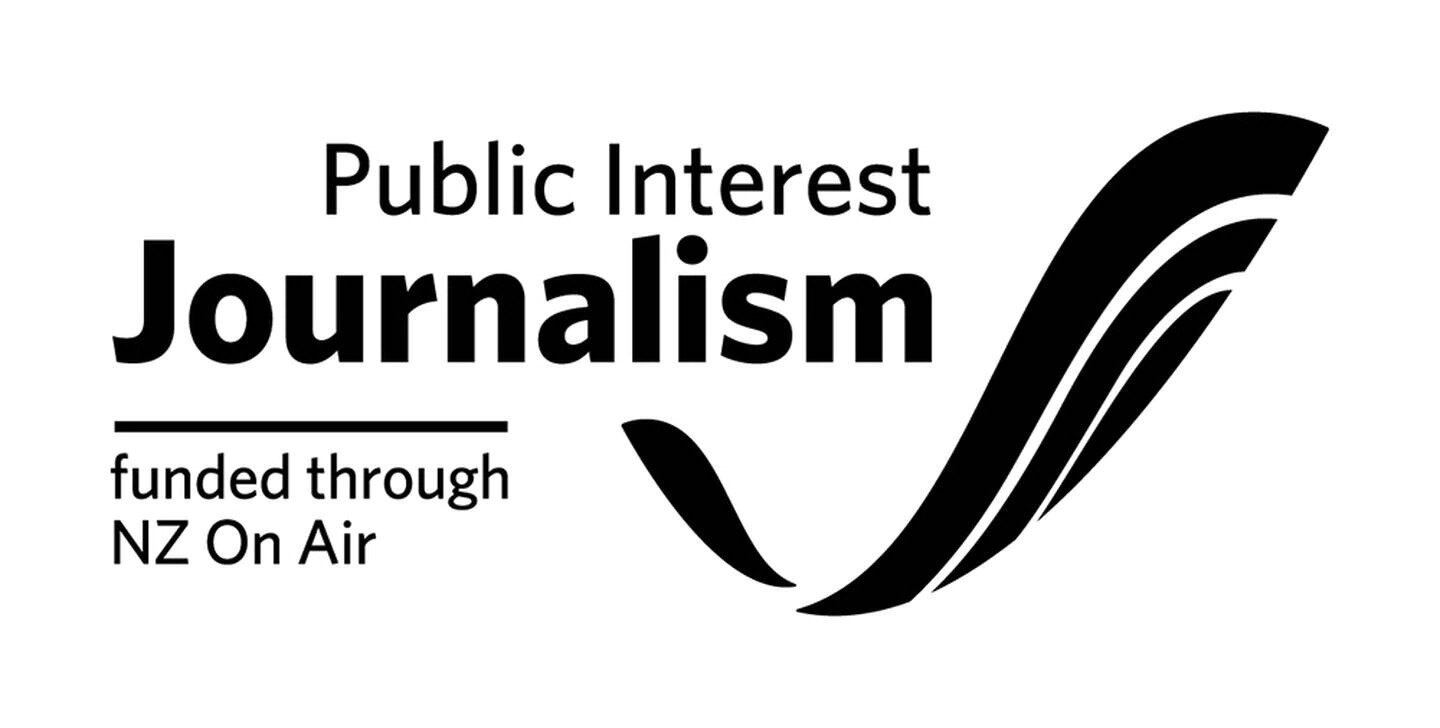2021 was the worst year on record for drowning deaths since 2011, with 91 New Zealanders dying in the water, of whom 28 were Māori.
It’s the highest number of Māori drowning fatalities since 2001, which mostly occurred in swimming, underwater and boating activities.
Now, new research shows nearly half of New Zealand kids don’t have swimming lessons.
With the country’s first Swim Safer Week and programme underway, which aims to reduce barriers for whānau by generating funds to get tamariki into swimming lessons, Water Safety NZ chief executive Daniel Gerrard says more Kiwis, especially tamariki, need access to lifelong participation in sport and recreation, especially in and around the water.
New swim initiative aims to further whānau's education in water safety.
With the majority of New Zealanders living within 5km of water, Gerrard says it’s “absolutely crucial” to give kids the “tools in the toolbox” that they need.
“The Ministry of Education’s curriculum clearly states that aquatic experiences need to be achieved by the end of intermediate school but what does that really mean?
“We believe that there should be swim and survive schools, including Learn To Swim, and be able to move through the water safely.”
Though self-education on water safety for whānau has happened in awa and the moana, when they can’t afford swimming lessons or have limited access, Gerrard says that past intermediate school the financial barrier kicks in for whānau who want to continue in water safety education.
The Swim Safer Programme, which is Aussie based, is to be shown to partners of the Swim School environments to put an emphasised focus on water safety for this week.
Though so far the funds have reached $5000 through their Givealitle page, Gerrard says there’s been a missed opportunity for local governments to support them.
“Tamariki, in particular, the data is telling us that they’re behaving a lot better in the water. They are getting some of these basic skills. The area that we’re really focusing on is the older men, and men in particular across the board.”
That’s because there were nearly 76 male drowning deaths, the highest since 2003. Most male drowning fatalities occurred in the 65+ age group, according to the report.
“We also see our Māori men in particular, over 35 and 40 years old, are losing their lives underwater, and are primarily going to gather kai. We’re starting to marry this up with some of the other social and economic data we’re getting that maybe it’s no longer a recreational activity. Maybe it is a need to be putting kai on the table so people are prepared to take far greater risks.
“There are challenges there that are much wider than water safety.”


